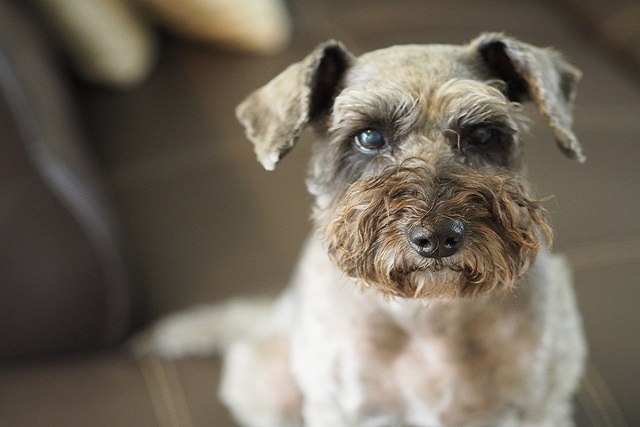
Can dogs survive untreated after chocolate poisoning
You walk into your kitchen and catch your curious labrador, Buddy, guiltily licking crumbs off the floor where your holiday chocolate bar vanished moments ago.
So, you sit on your kitchen floor with a toothbrush in one hand, dog toothpaste in the other, and your pup is giving you that suspicious side-eye. Maybe every time you try to brush their teeth, they squirm, hide under the table, or clamp their mouth shut like you’re about to perform some medieval ritual. If this sounds familiar, you’re definitely not alone. Lots of dogs find tooth brushing weird, uncomfortable, or even scary—especially if they weren’t introduced to it early on. Some pups are sensitive about having their faces touched, while others just don’t get why you’re poking around their mouth. It’s absolutely normal to feel frustrated, but understanding where your dog’s coming from is key. Empathy and patience are your best tools here, and there’s no need to force a routine that stresses both of you out.
Even if your dog hates tooth brushing, skipping out on dental care isn’t really an option. Poor oral health in dogs can lead to some nasty issues, from bad breath and gum disease to tooth loss and even heart or kidney problems. Plaque and tartar build up faster than you’d expect, and dogs are experts at hiding dental pain. Just because your pup is eating normally doesn’t mean their teeth are healthy. That’s why finding effective, gentle dog dental care methods matters so much. Keeping up with your dog’s oral health is about more than just fresh breath—it’s a crucial part of their overall wellbeing.
Luckily, there are plenty of dog teeth brushing alternatives that can make life easier for both you and your pup. If you’re wondering how to clean dog teeth without brushing, dental chews are a great place to start. Many dogs see them as treats, but they’re specially designed to help scrape away plaque as your dog chews. Look for products with the VOHC (Veterinary Oral Health Council) seal, which means they’re actually proven to help. Water additives are another option—just mix the recommended amount into your dog’s water bowl, and it helps reduce bacteria in the mouth. Oral sprays and gels can be applied directly to your dog’s gums if they’ll tolerate it for a few seconds. And if the toothbrush is too much, finger brushes or dental wipes can be way less intimidating and still do a decent job. The trick is finding what works best for your individual dog, always keeping their comfort in mind.
Building a positive dental care routine isn’t about perfection; it’s about progress and trust. Start small. Let your dog sniff the dental products, lick the toothpaste off your finger, or simply handle their muzzle gently for a few seconds. Pair every step with treats, praise, or play—whatever your dog loves most. This is positive reinforcement in action, and it’s a cornerstone of modern dog training in the US and Europe, where physical punishment is a big no-no. The goal isn’t to “win” at brushing, but to create a stress-free experience your dog can actually enjoy, or at least tolerate. If you live in an apartment, be mindful of noise and mess—using dental wipes or chews can be neater than brushing in a tight space. And whenever you’re out walking your dog, remember that community etiquette matters: always pick up after your pet, and keep them leashed in public areas, even when you’re just heading to the dog-friendly dental treat aisle at your local store.
Sometimes, even with the gentlest dog oral health alternatives, things just don’t go as planned. If your dog’s breath is seriously foul, you spot red or swollen gums, broken teeth, or they’re suddenly reluctant to eat, it’s time to check in with your vet. Regular veterinary dental checkups are a must, especially for breeds prone to dental problems like Yorkies or Dachshunds. Vets can do professional cleanings and spot issues you definitely wouldn’t catch at home. Plus, staying on top of your dog’s dental health isn’t just a personal choice—it’s a part of responsible pet ownership in the US, where animal welfare laws and community guidelines expect owners to prioritize their pets’ well-being. At the end of the day, finding gentle, effective ways to care for your dog’s teeth is all about keeping them happy, healthy, and ready for their next adventure—no toothbrush battles required.

You walk into your kitchen and catch your curious labrador, Buddy, guiltily licking crumbs off the floor where your holiday chocolate bar vanished moments ago.

Imagine coming home from a long day to find your usually lively Dalmatian lying listless on the floor, tongue lolling out and breathing heavy.
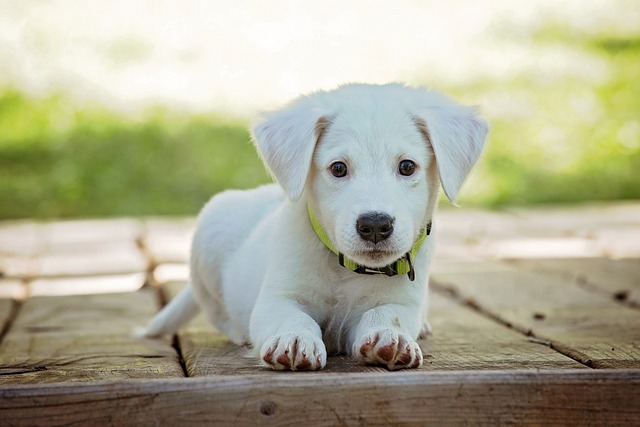
Seeing your dog’s stomach in knots and watching them vomit is no fun—trust me, every pet parent’s been there. Before reaching for anything, though, it’s crucial to remember: never self-medicate your furry friend.
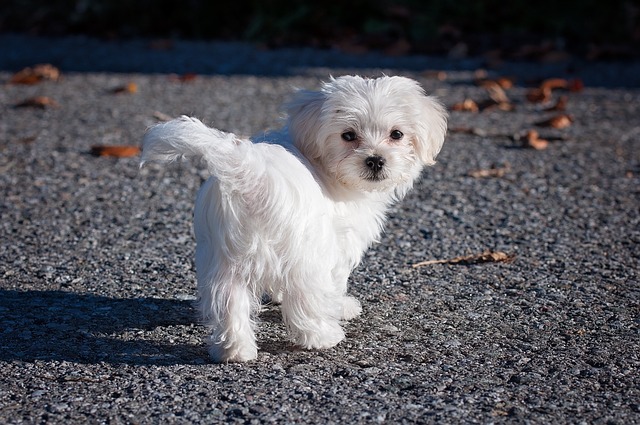
Watching your senior pup pause at the threshold of the door, their legs trembling as they try to stand, is a moment that tugs at any pet parent’s heart.
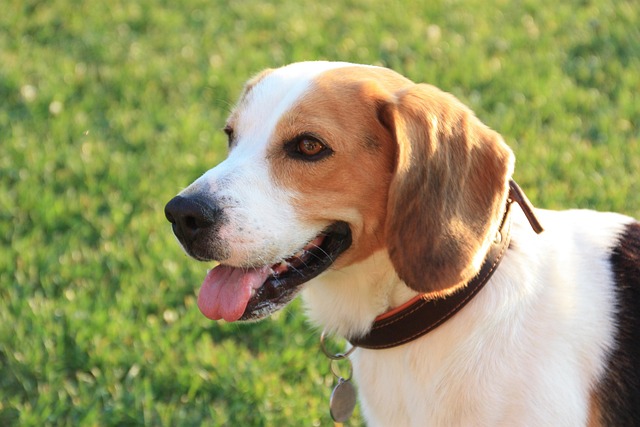
Waking up to find your little furball curled up instead of pouncing on their favorite chew toy? That sinking feeling hits—could this be a fever?
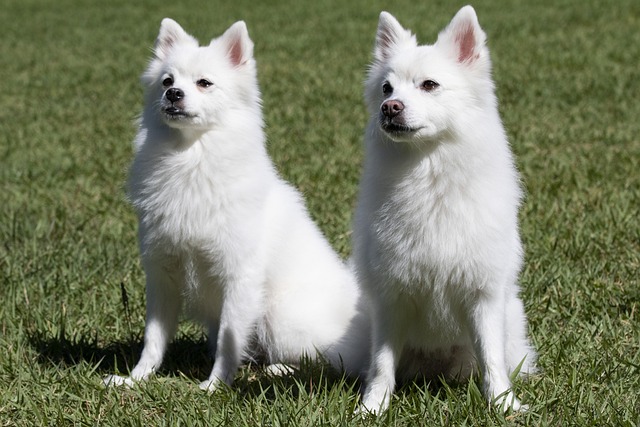
Let’s say you’re a new puppy parent in a sunny LA apartment, cuddling your 4-month-old golden retriever, Daisy. You notice her ears feel warmer than usual